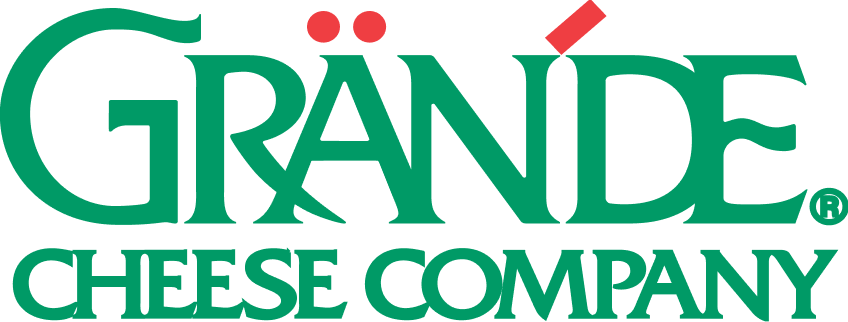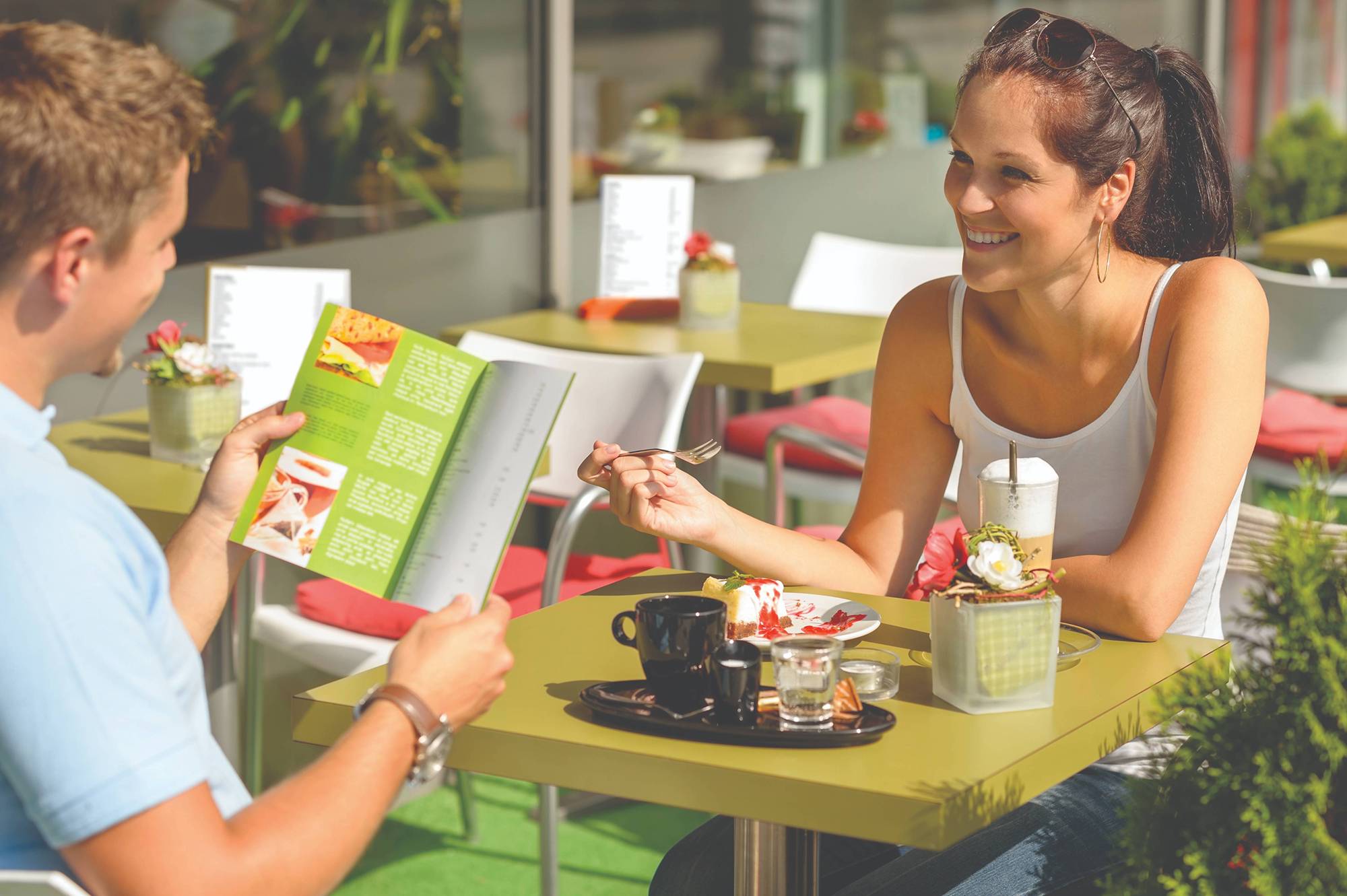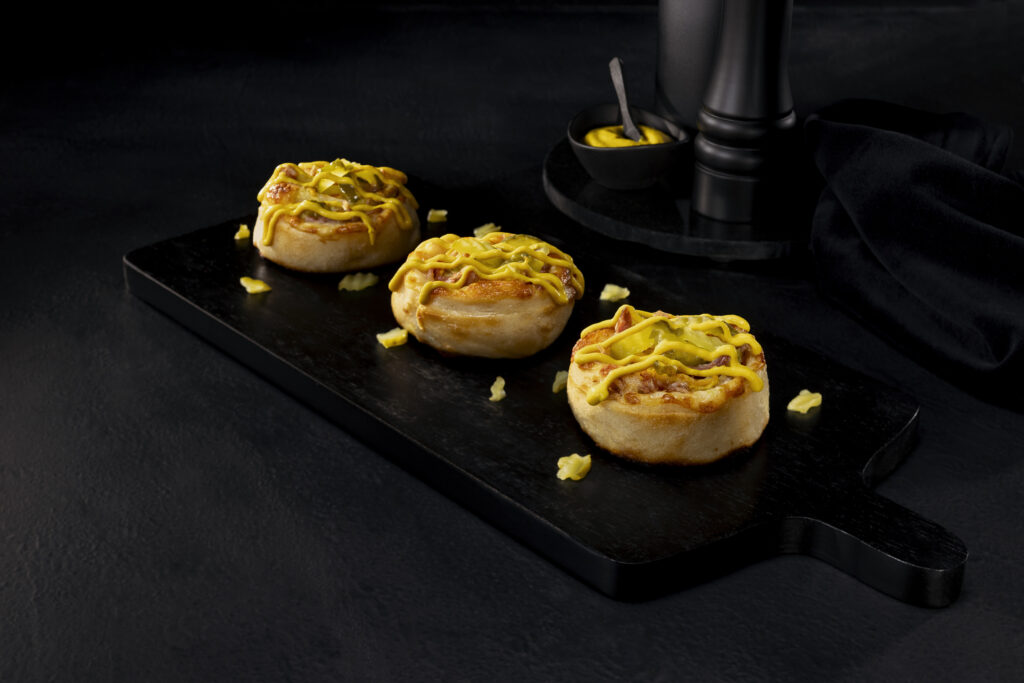The colors, fonts, images, and location of items on the menu can all affect how your customers order. Also known as “menu engineering” the design of your menu makes all the difference in what will sell better to provide you with more profits.
Diners scan menus fairly quickly. By using section headings, easy-to-find dish names, and other visual cues you will make it easier for your customers to scan the menu. When scanning menus arranged from top to bottom, your customers will spend more time looking at the first and last items, so the dishes in those locations are usually the biggest sellers. Additionally, most research indicates that when reading a menu, the upper right-hand corner tends to be viewed first. This is a great spot to put a higher profit item that you would like to sell more of.
Photos, illustrations, borders, boxes – anything that draws your eye toward a certain location on the menu – help to emphasize more profitable items. Be sure to use attention-getters sparingly, as the more often you do it, the less impact it will have.
Color can also be used to emphasize parts of the menu since people react to various colors in different ways. Research indicates that red and blue make people hungry, but if those colors don’t match your brand identity, using them may distract from your overall message.
Use photos wisely – one image for every dish will clutter the menu. Some restaurants use illustrations to highlight menu items. Whether you decide to use photos or illustration depends on your overall brand look and feel.
Menu length and the number of items offered on your menu should not be overwhelming to your customers. Fewer menu items means more ingredient turnover, fresher supplies and less training for your staff.
Don’t use dollar signs, it only reminds your guests that they are there to spend money. If you remove the dollar signs it eases the perception of higher prices for a consumer.
Avoid listing prices in a column down the right side of the menu. This leads your customers to focus on the price rather than your food, which may influence them to order the cheapest item on the menu. Putting the prices below your menu item descriptions puts the emphasis back on your delicious food.
Grande provides menu design services that take into consideration the elements discussed in this article. Contact our Solutions @ Work team to discuss creating a menu.




